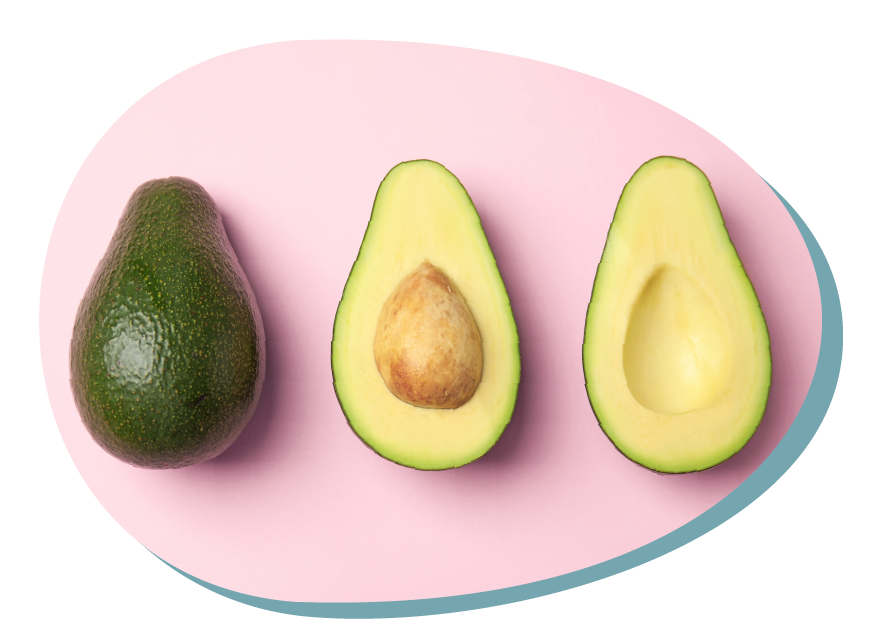Experiments with avocado – Accelerating fruit’s maturation
Type of resource: Websites
Web address https://krokdozdrowia.com/awokado-5-metod-szybsze-dojrzewanie/?fbclid=IwAR0vM2QFZpg_1OkUP93
Language: English
Description
Experimenting with the process of avocado maturation. The role of ethylene in accelarating the fruits’ maturation process.
Scientific concept introduced
Ethylene, maturation, avocado, banana, lemon
Creative and critical thinking
Critical thinking: critical reflection
Mathematical reasoning
–
Scientific thinking
Observing, predicting, drawing conclusion, formulating hypotheses
Learning how to learn
Cognitive curiosity, motivation and engagement
Additional
Language competence – using scientific vocabulary; Teamwork – cooperation, dialog; Fine motor skill development; Following safety rules
Experiments with avocado – Accelerating fruit’s maturation
Overall aims
Introducing concepts related to the process of fruits’ maturation (growing up);
Developing the abilities to cooperate to achieve common aims;
Developing interest in science and technology;
Supporting the development of scientific thinking via conducting experiments.
Vocabulary – keywords should be understood
ethylene, maturation, avocado, banana, lemon
Expected learning outcomes (operational aims)
The child will be able to:
– explain the qualities and influence of ethylene,
– observe and ask questions,
– experiment with different methods of accelerating of fruit maturation,
– wait patiently for research results
– cooperate in small team
STEM skills – to which the learning unit is related to
CORE STEM SKILLS
Critical thinking: critical reflection
Scientific thinking: observing, predicting, drawing conclusion, formulating hypotheses
Learning how to learn: cognitive curiosity, motivation and engagement
ADDITIONAL SKILLS
Language competence – using scientific vocabulary
Teamwork – cooperation, dialog
Fine motor skill development
Following safety rules
Teaching methodologies/activity outline
1. Introduction:
Educational movie presenting the process of growing avocado (https://www.youtube.com/watch?v=KoPEsO4J9xUh). Questions you may ask:
– Have you ever eaten avocado?
– How would you describe its taste?
– What are the nutritional values of avocado?
2. Building problem situation:
Observing and investigating the fruits of avocado: 1 unripe and 1 mature fro each team. Recognizing the qualities with senses:
Which fruit is mature and which is not (unripe)?
How can we recognize that?
The teacher explains – dark fruit, with soft skin (specially on the top of the fruit – the narrow top) means that the fruit is mature enough to be eaten. The fruit with hard skin is usually unripe.
Research question: What can we do to accelerate the process of fruit maturation?
3. Formulating hypotheses:
Teacher writes down the children’s ideas on big chart of paper.
4. Verifying hypotheses:
Conducting experiment related to accelerating the process of fruit’s maturation – 1 avocado should be left as a control sample.
Version 1 (paper bag, banana and apple) – Instruction:
– Place 1 avocado in a paper bag, make sure there are no holes in the paper.
– Add 1 banana and 1 apple to the bag.
– Close the bag carefully and keep it in room temperature (between 18 and 24 C degrees) for 3 days.
– After 3 days take the avocado out and compare with the one left as a control sample.
Version 2 (Lemon juice) – Instruction:
– Cut avocado into half and sprinkle the fruit’s pulp with lemon juice.
– Connect both parts of the fruit again precisely, leaving the stone inside. And wrap the whole fruit into a metal foil.
– Put the wrapped avocado into the fridge and keep it there for 3 days.
– After 3 days take the avocado out and compare with the one left as a control sample.
Version 3 (aluminium foil) – should be done on the last day – Instruction:
– Wrap the whole avocado fruit into the aluminium foil – carefully and precisely, make sure no skin is left outside.
– Place the wrapped fruit in a stove on baking tray and bake for 10 minutes
– Wait for the fruit to cool down and unwrap it.
– Compare with the fruit left as a control sample.
5. Summarizing the research results and drawing conclusions:
After 3 days children should compare the fruits and observe, investigate their qualities answering the following questions: .
– What happened to the fruits? What changes in their qualities can you observe – how the appearance, taste and texture changed?
– Which method was the most effective in accelerating the process of fruit maturation? And why?
– How can we explain the process?
Explanation. Some biological substances can accelerate the process of fruit maturation. For example apples and bananas release the chemical substance called ethylene which makes the fruits to ripe faster.
Assessment of learning
Questions:
What have you learned from today’s experiment?
What else would you like to know?
What did you like the most?
Equipment and materials to be used in learning unit (tools, ingredients etc)
educational movie related to the process of growing avocado. avocado fruits (4 for every team), bananas and apples (1 for each team), paper bags, aluminium foil, oven, lemon
Kind of setting
Classroom and kitchen (access to the fridge and oven)
References – source
https://krokdozdrowia.com/awokado-5-metod-szybsze-dojrzewanie/?fbclid=IwAR0vM2QFZpg_1OkUP93
Experiments with avocado – Accelerating fruit’s maturation
1. Usefulness for STEM education – integrating content of different disciplines
Cross-curricular character of the resource

The range of S-T-E-M subjects included

The presentation of possibilities of including artistic activities (STEAM approach)

2. Expected learning outcomes
Consistency (links) with preschool core curriculum

Communicativeness of description

3. Methodology of teaching
Clarity, communicativeness of instructions for teachers

Meaningful learning – using practical life problems

Original idea

The level of ease in implementing the methodology to preschool age children

The level of ease in preparing necessary ingredients, materials and equipment needed

4. Sustainability
Ecological characteristics of materials/ results

Supporting healthy eating habits

Low ecological footprint

Possibilities of inclusion (respecting cultural diversity and food intolerances)

5. Class management
Using differentiated forms of work – individual, team work etc.

Individual work

Team work

Whole group
6. Time management

Short activity (10-15 minutes)

Medium activity (20-30 minutes)

Long activity (1 hour or more)

Very long activity (1 day or more)
PDF: https://www.printfriendly.com/p/g/CWWEv7

